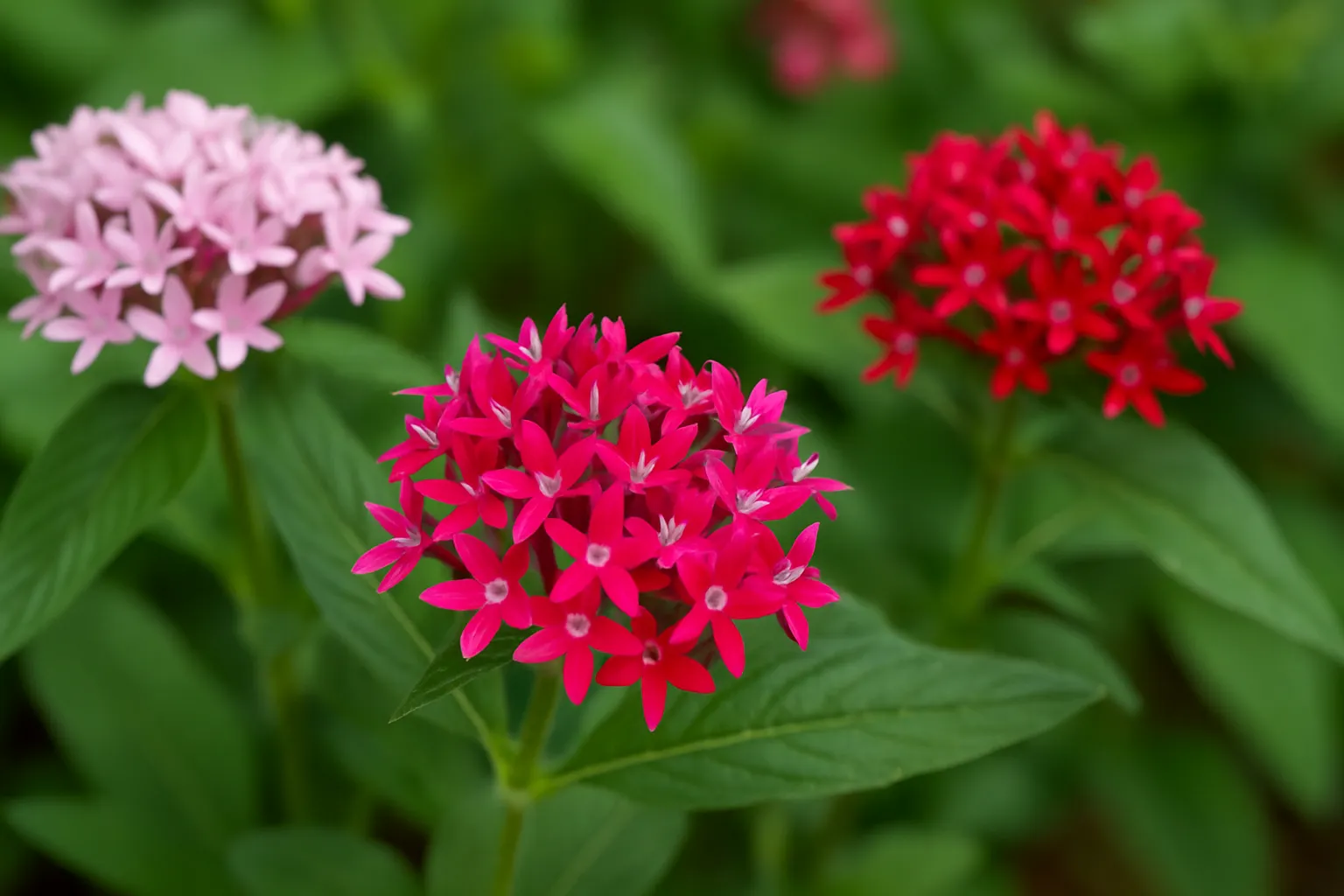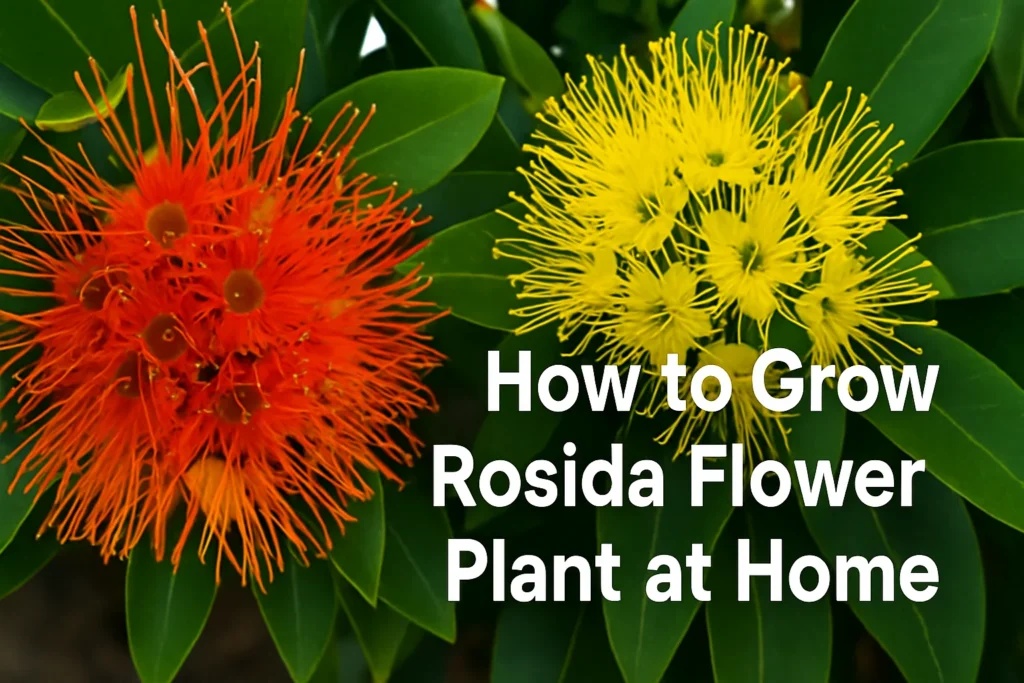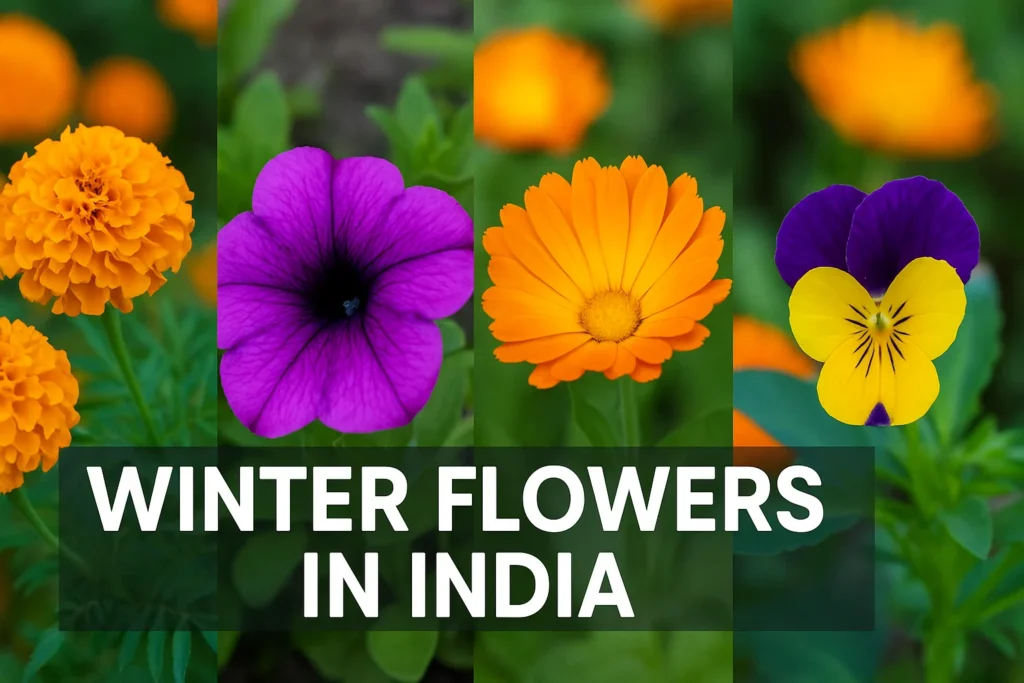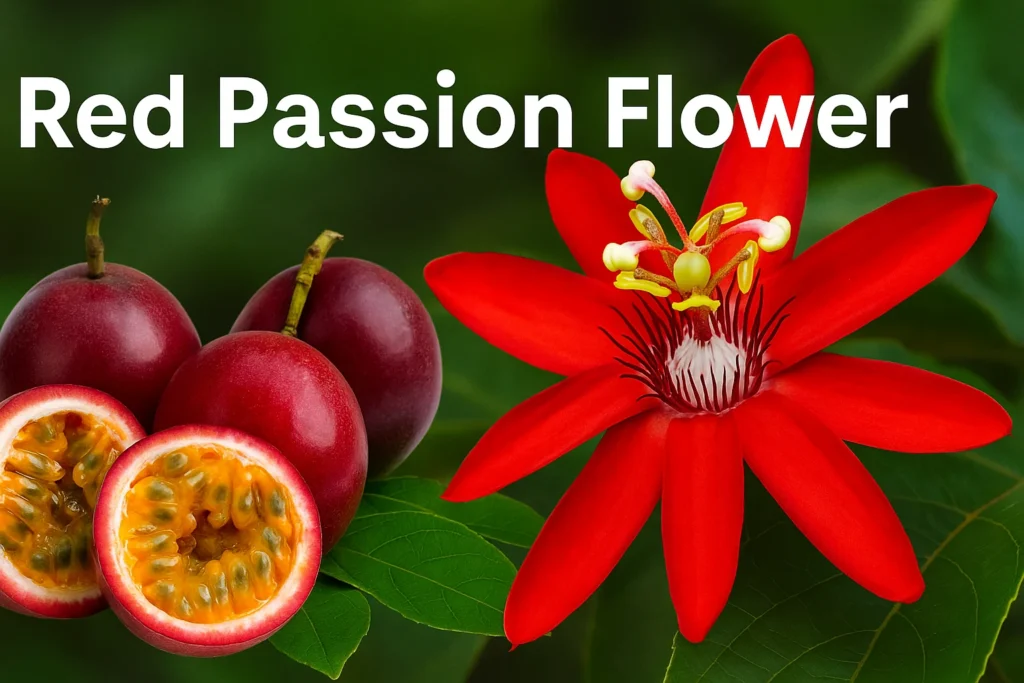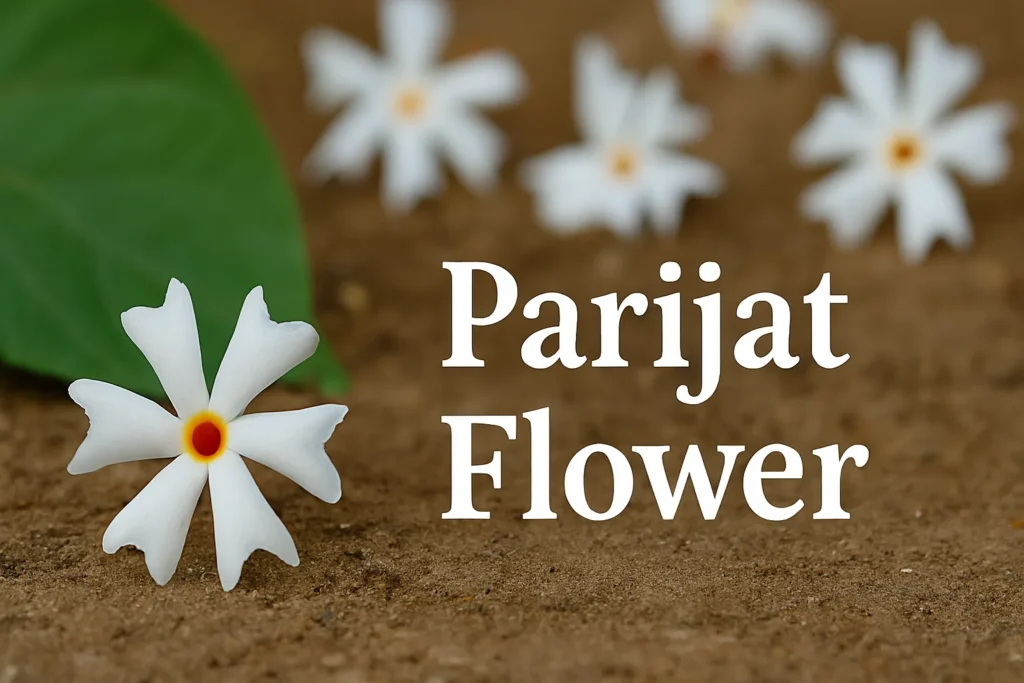Plants have a way of adding color, life, and a gentle charm to any space, indoors or out. Among the delightful choices for garden enthusiasts, the pentas flower stands out with its vibrant star-shaped blooms and easy-going nature. Whether you’re a seasoned plant lover or just curious about ways to jazz up your balcony, this guide covers all things pentas—from how to help them thrive to why they deserve a spot among your favorite blooms.
What Makes the Pentas Flower So Special?
Let’s start by getting to know the penta flower, also known as the pentas plant or Egyptian Star Flower. The word “penta” actually comes from the Latin for “five,” because each little flower is made up of five perfect petals clustered together, forming a lush, showy bunch.
Native to tropical and subtropical regions, pentas plants are beloved for:
- Bright Clustered Blooms: Available in shades of red, pink, white, lavender, and purple, making any garden bed or container pop with color.
- Butterfly and Pollinator Magnet: These flowers are rich in nectar, drawing in butterflies and hummingbirds alike.
- Long-Lasting Color: Pentas bloom constantly from spring through fall, or all year in warmer climates.
- Easygoing Nature: They’re tough, low-maintenance, and ideal for both beginners and experienced gardeners.
And if that’s not enough, pentas make wonderful company for other favorites like the Petunia Flower, accenting mixed planters beautifully.
Growing a Pentas Plant: A Beginner-Friendly Choice
Before jumping into soil and sunlight, it’s great to know that pentas plants thrive in a variety of settings. Whether you dream of a floral balcony or want to fill your garden beds with color, pentas adapt well.
Light and Location
Pentas LOVE the sun. The more sunlight they get, the better and brighter they bloom. Aim for at least six hours of direct sunlight, although they can tolerate some partial shade. Too much shade, though, can lead to lanky growth and fewer flowers.
Switching things up with a mix of potted plants? Consider pairing your pentas with the playful hues of a Pansy Flower in cooler months for year-round cheer.
Soil and Planting
Pentas are pretty forgiving, but they do have some preferences. For best results:
- Use well-drained, fertile soil with a neutral to slightly acidic pH (around 6 to 7).
- Ensure soil never gets soggy—these plants hate “wet feet.”
- Add organic matter or compost to enrich garden beds and improve drainage.
Plant pentas about 12–18 inches apart. This gives them room to bush out and lets air flow, which helps prevent disease.
Watering: The Right Balance
Keeping pentas happy means finding that “just right” soil moisture. Water thoroughly when the top inch of soil feels dry but avoid letting the roots sit in water. During the hottest months or if you’re growing pentas in containers, they may need daily watering, so check often.
Feeding for More Flowers
A little TLC goes a long way. Feed your pentas with a balanced, water-soluble fertilizer every 4–6 weeks during the growing season. For lush, healthy plants, consider using a slow-release granular fertilizer in spring and supplementing as the blooms keep coming.
While talking vibrant blooms, the Rose Flower makes a beautiful companion, offsetting the starry clusters of pentas with its classic shapes.
Seasons and Blooming: When Do Pentas Flower Shine?
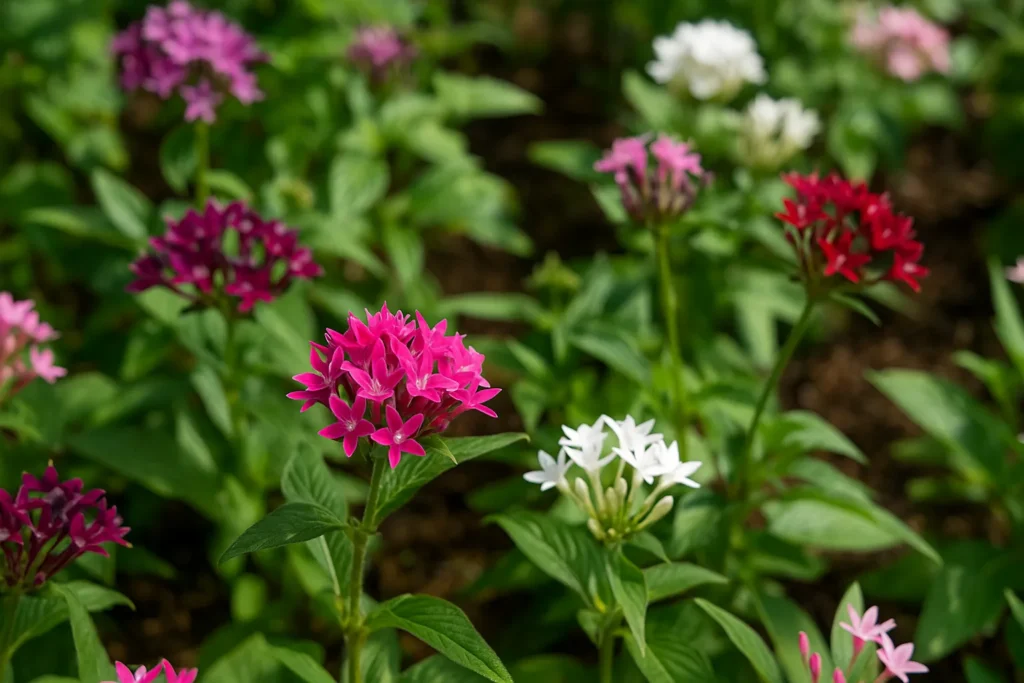
The pentas season stretches from spring right up to the frost. In warmer regions, these beauties might even dazzle with flowers all year round. Each pentas plant can display up to 20 clusters of flowers at any given time, keeping your space lively and colorful for months on end.
If you live in an area that gets cold, consider growing pentas as annuals or keep them as container plants that can move indoors in winter. In milder climates, they make excellent perennials.
Tried-and-True Pentas Care Tips
For the green thumbs—or those aspiring to be—here’s a quick roundup of pentas plant care essentials:
- Sun: At least 6 hours daily; more = more blooms!
- Water: Consistently moist, but never waterlogged; more frequent in hot/dry weather.
- Soil: Rich, slightly acidic to neutral, and well-drained.
- Feed: Balanced fertilizer every 4–6 weeks during growing season.
- Airflow: Space plants for better air and disease prevention.
Keep an eye out for potential pests like spider mites—these usually show up if the plant gets too dry. Misting once in a while during low humidity can keep your plant healthy.
Regularly snipping off spent flowers (aka deadheading) encourages the plant to keep producing more blooms. Light pruning also promotes compact, bushy growth, especially in young plants. If you’re looking to branch out, Ixora Plant shares similar growing needs and makes a fantastic pairing in flower beds.
Unique Qualities and Special Features
Beyond their beauty, pentas flowers offer some neat benefits:
- Environmentally Friendly: Great for pollinator gardens, supporting butterflies, bees, and even hummingbirds.
- Air Quality: Like many green plants, pentas can help purify indoor and outdoor air.
- Low Maintenance: Once established, pentas are resilient and don’t require constant attention.
- Versatile Use: Whether as border plants, ground cover, container displays, or balcony highlights, pentas adapt easily.
Pentas plants are right at home in vibrant living spaces, even alongside modern touches like an invisible grille, which can make your balcony both beautiful and safe without blocking those flowering views.
Fun Ideas and Creative Uses of Pentas Flower
The star-shaped clusters of pentas bring whimsy and color to any arrangement. Here are a few ways to enjoy them more:
- Mixed Planters: Combine pentas with other flowers in window boxes—they’re perfect with the bold colors of a Sampangi Flower peeking through.
- Butterfly Gardens: Their nectar-rich blooms invite pollinators, making pentas a staple in butterfly-friendly landscapes.
- Indoor Cheer: In bright rooms, potted pentas bring lasting color to your interiors.
- Gift Giving: Pentas symbolize love and beauty. Giving one in bloom is a thoughtful way to brighten anyone’s day.
Want even more variety? Pair pentas with the elegant Dianthus Flower to create pretty, contrasting colors that will turn heads.
A Few Challenges (and How to Solve Them)
While pentas are robust, a couple of minor challenges can pop up:
- Powdery Mildew: Usually seen as white spots on leaves. Treat with a gentle sulfur fungicide or improve airflow.
- Yellowing Leaves: Often caused by overwatering or poorly drained soil; allow the top layer of soil to dry before the next watering.
- Leggy Plants: Not enough light! Move your plant to a brighter spot and trim back for bushier growth.
Conclusion
From their radiant, star-shaped flowers to their butterfly-attracting abilities and simple care routine, the pentas flower is truly a gardener’s friend. They thrive in sun, cascade in color through the season, and need only a dash of attention to look stunning inside or out.
If you’re searching for a vibrant, welcoming plant that combines visual beauty with practical benefits, pentas are a fantastic choice—whether you’re growing a single pot by the window or filling a lively garden bed outdoors.

